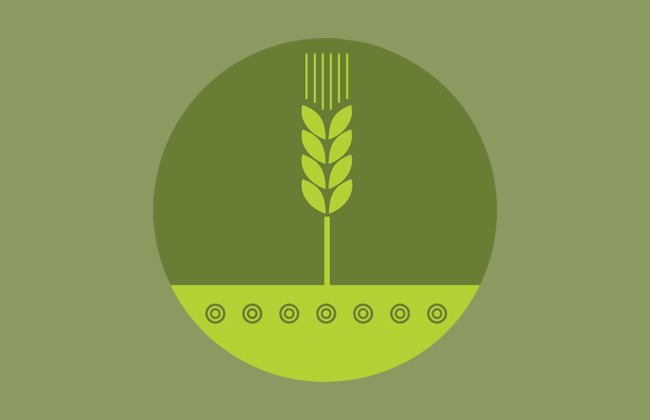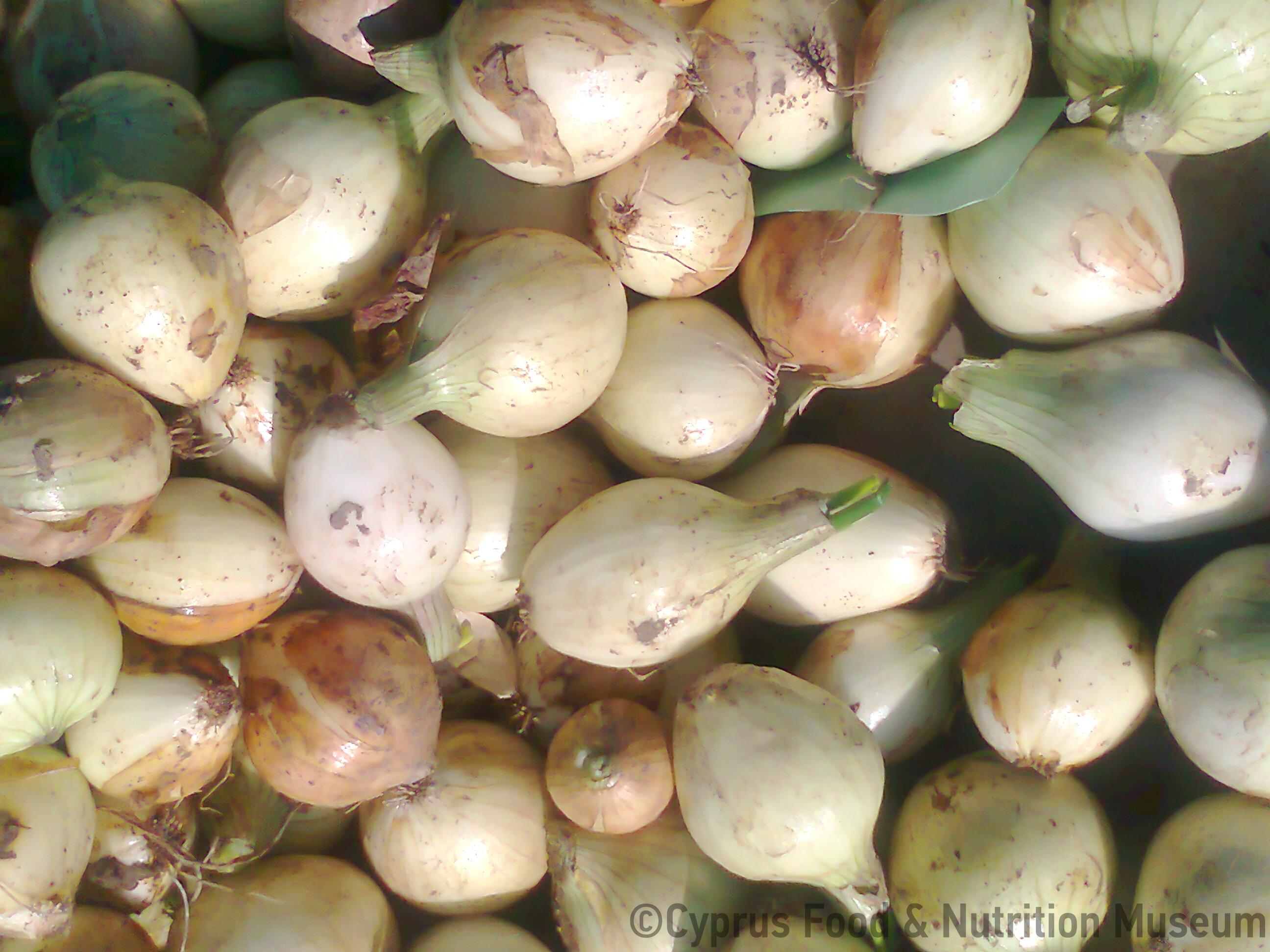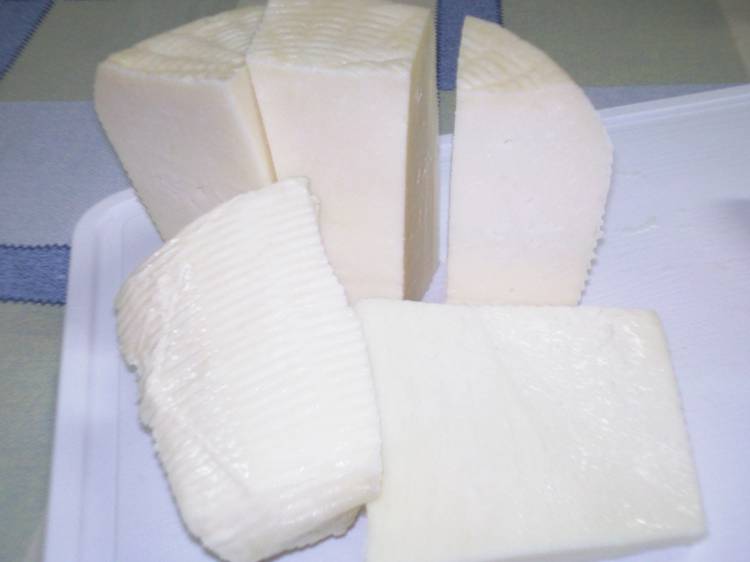Name - Origin
Τυρί.
Milk, rennet and salt are essential ingredients for the production of dairy and cheese products.
α) Milk: It must be of excellent quality both chemically and microbiologically, free from impurities and derived from healthy animals. In order to produce good quality cheese, the milk must be pasteurised to destroy harmful micro-organisms present in it and a special culture of micro-organisms must be used to give the cheese the right flavour and maturity. The only type of cheese where pasteurisation is not necessary is halloumi, because halloumi is baked after it is made and therefore most microorganisms are destroyed.
(b) Rennet: Rennet is used to curdle milk for cheese making. This comes from the fourth stomach of ruminants. Various types of rennet are available on the market, some in powder form and others in liquid form and in different capacities. Rennet is also made from micro-organisms that have the ability to act in almost the same way as animal-derived rennet. The main factors affecting the strength of the rennet, apart from the quantity to be used, are:
- the temperature at which the milk coagulates
- The acidity of the milk
- The chemical composition of the milk (fat, protein) and the content of milk salts, especially calcium.
Before rennet can be used, it is dissolved in water to which salt is added (about five times as much) to help rennet dissolve and maintain its capacity. The quantity of water depends on the quantity of milk and varies between 200 and 1000 cc. Rennet must be stored in a dark, cool and dry place in order to maintain its constant qualitative strength for a longer period of time. There are several practical ways to verify that milk is curdling properly: a) to stick one's finger into the curd and then lift it up horizontally, slowly. If the curd can be cut, as if with cutting it with a knife, it means that it has coagulated properly b) when it separates easily from the sides of the container c) When the back of one's palm is pressed against the curd, it does not stick to the fingers.
c) Salt: it is an essential ingredient in the production of almost all cheese products. The quantity of salt generally used ranges from 2 to 4% of the curd weight. The addition of salt is very important as: a) salt aids in the chemical process of the curd (ie. it helps the curd to strain and mature), b) salt prevents the growth of undesirable micro-organisms, c) salt controls the growth of various beneficial micro-organisms (e.g. ox-algae, etc.) which are needed in order for cheese to mature d) salt gives taste to cheese and (e) it improves the quality and preservation of cheese (MANRE 2010).
Additional information and bibliography
The preparation of cheese with rennet (the stomach of a newborn goat), a method used until recently in the countryside, is attested by Saint Neophytos (12th c.): 'rennet from the entrails of goats are used in cheese-making' (Tsiknopoulos, 1962. p. 112).
In the Cypriot dialect the verb τυροπκιάζω (tyropkiázo) is used to denote 'to make cheese' (Igoumenidou, 2008, p. 2). A few years later, in 1563, the Jew Elias of Pesaro, who lived in Famagusta, observed that the local cheese was produced by mixing sheep's, goat's and cow's milk (Cobham, 1908, p.76 and Igoumenidou, 2008, p.2).
Igoumenidou E. (2008), «Τα γαλακτοκομικά προϊόντα στον ετήσιο κύκλο της παραδοσιακής ζωής στην Κύπρο», στο Η Ιστορία του Ελληνικού Γάλακτος και των Προϊόντων του, 1ο Τριήμερο Εργασίας Ξάνθη, 7-9 Οκτωβρίου 2005, G. Kalantzopoulos (ed.), Athens, Greece.
Tsiknopoulos, I., 1962: «Γεωγραφικά και Λαογραφικά του Αγίου Νεοφύτου», Κυπριακαί Σπουδαί ΚΣΤ΄, 49-128.
Ministry of Agriculture, Natural Resources and Environment, Department of Agriculture (2010)Παρασκευή γαλακτοκομικών προϊόντων, Press and Information Office (1/2010), Nicosia
Varvara Yangou, Efrosini Igoumenidou, Eleni Christou


